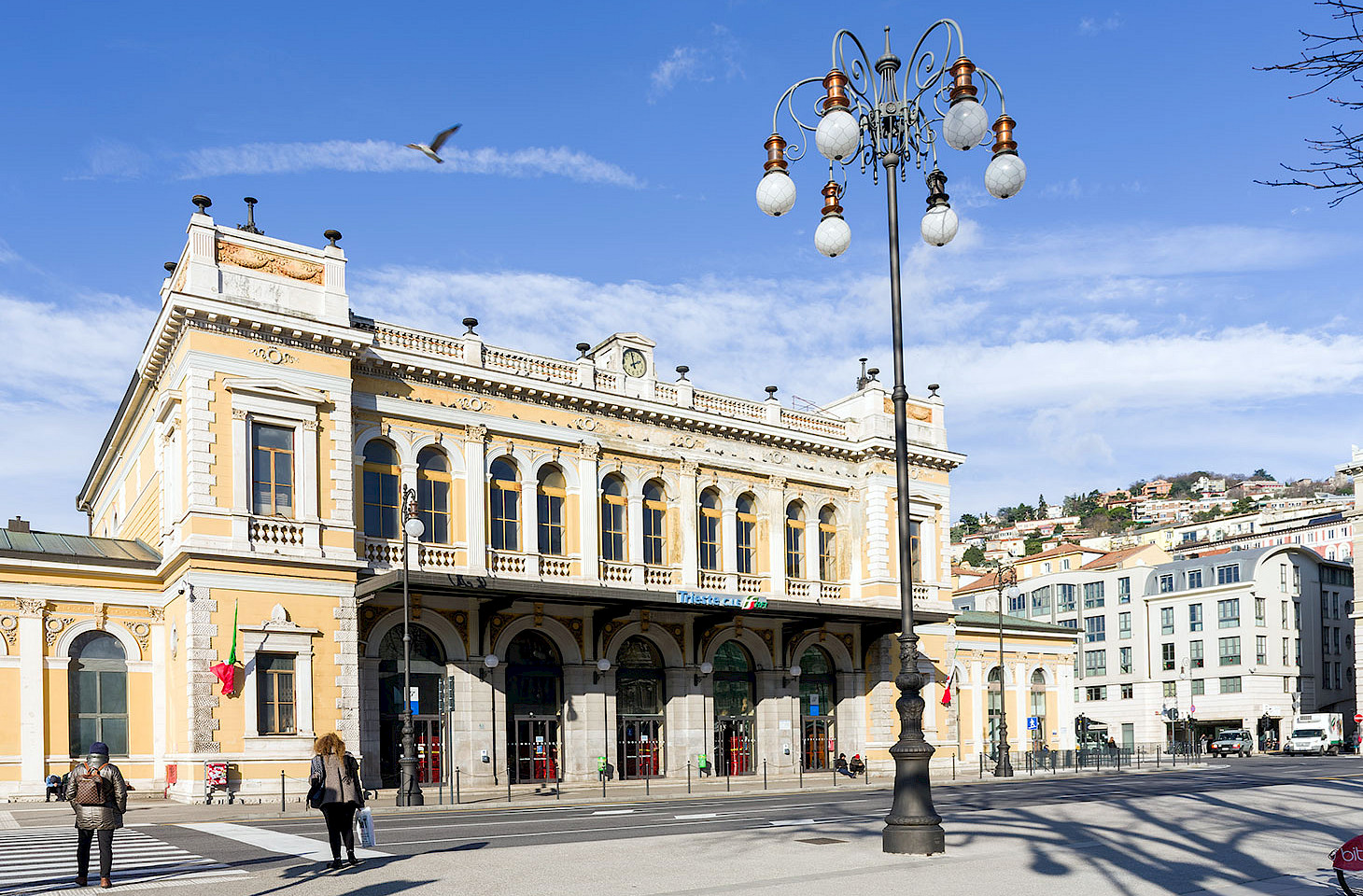Dear fellow travellers
We love arriving in France. Especially by train. And, at whichever great French station we first alight from the train, we buy a coffee and a newspaper and then settle in a quiet corner to listen to Simone Hérault. To us, she is the very voice of France, an amiable sympathetic friend who is always waiting for us. Whether we arrive in Mulhouse or Marseille, Paris or Perpignan, we know that Simone will be there.
We are not alone. Across hundreds of French railway stations, millions of travellers every day would in normal times encounter Simone Hérault, for hers is the disembodied voice which proclaims the imminent departure of the TGV to Aix-les-Bains or the regional train to Annecy.
Simone likes to describe her voice as "the sound logo of SNCF" - and that logo has been a good deal more enduring than many brand identities. SNCF's current visual logo, a striking postmodern design which shades gracefully from carmine into vermilion, dates only from 2005. But Simone has been the tone of friendly authority at French stations for 39 years, her voice imperceptibly ageing through the decades. Simone marks her 70th birthday on 5 July 2020.
With the French largely confined to their homes during the Coronavirus pandemic, many commuters evidently miss Simone's reassuringly calm voice. So this month she has recorded readings from French classics and it is now possible to hear her reading a range of literature from Baudelaire to Maupassant - all available as audio e-books on the SNCF website.
Simone is everywhere - and that's the way we like it. But they do things differently in Moscow where, on the metro lines which radiate out from the city centre, there are two voices announcing the name of each upcoming station. On journeys towards the heart of Moscow, listen out for a male voice, while on the homeward journey back to the suburbs, it's a friendly female voice that marks our progress. But she's not a Simone.
We know of no other European country where one human voice is so dominant, so captivating a presence in the civic soundscape. Germany has changed its railway station announcers from time to time. Ingo Ruff was certainly one of the most well-known voices on the railways of East Germany, and following German unification he slipped into a similar role with his pre-recorded announcements popping up all over Germany. But, again, no match for Simone. We dread the day when Simone might retire because, without her, travel in France just wouldn't be the same.
Nicky Gardner and Susanne Kries
(editors, hidden europe magazine)




